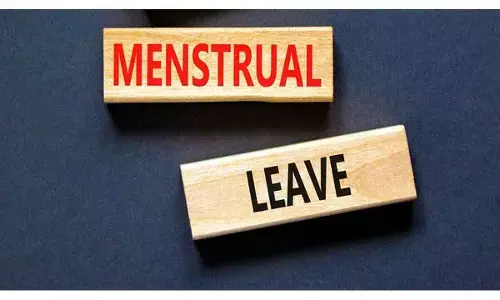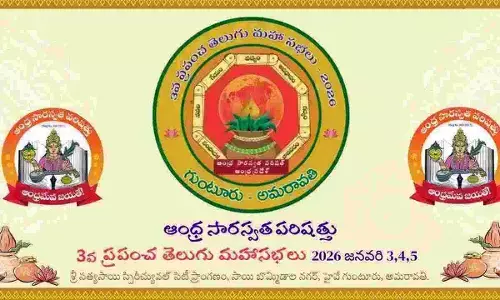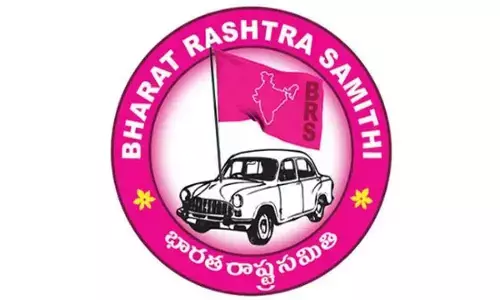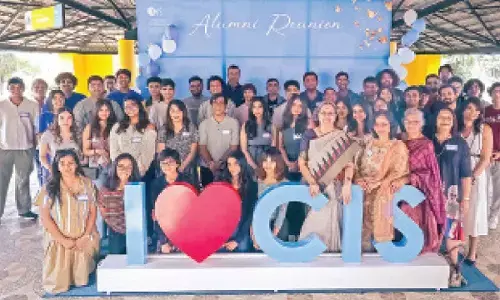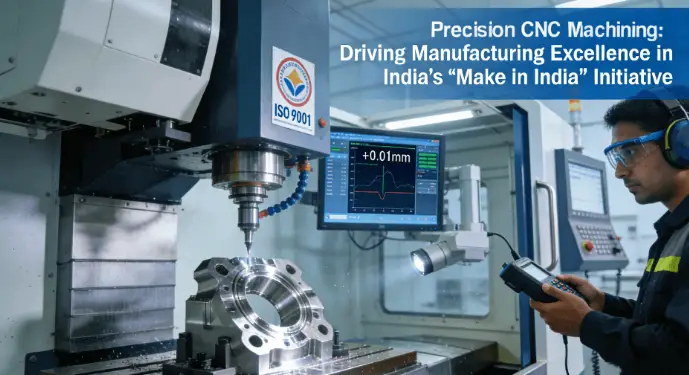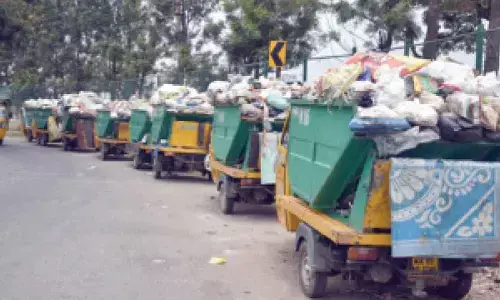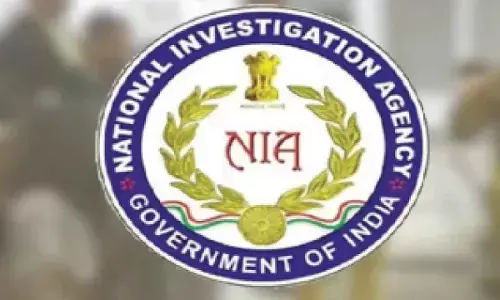Changing role of Civil Services
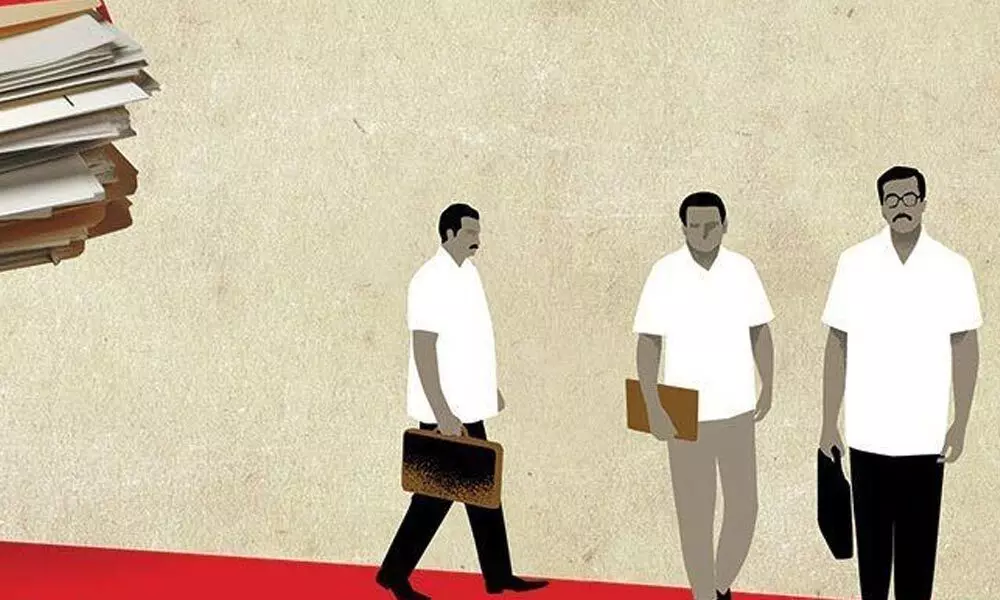
Changing role of Civil Services
India with its three distinct personalities, the rural, the urban and the metropolitan has just entered a decade of challenges and opportunities in a globalised world
India with its three distinct personalities, the rural, the urban and the metropolitan has just entered a decade of challenges and opportunities in a globalised world. The civil servant of the future needs to understand the different facets of the country's personality. So do training institutions and their curricula.
The Lal Bahadur Shastri National Academy of Administration (LBSNAA), has, one must concede, been doing excellent job, if staying au fait with the imperatives of rapidly changing external imperatives, and proved capable of managing change. It has, realised that education, is a 'drawing out' and not 'a putting' in. And, though postings in areas dealing with social welfare, planning and training are usually, regarded as dumping grounds for unwanted officials, the Academy has invariably been fortunate to be headed by exceptionally gifted IAS officers and Directors of the Academy have remained in sync with transformations in the policy environment. The Academy also has collaborations with institutions of renown both in India and abroad.
After my recent visit to Mussoorie for the Golden Jubilee Reunion of the 1968 batch, I felt that the Academy is now a robust institution, capable of handling competently, its onerous responsibilities in the changing times.
Our generation was lucky to move from the 'law and order' mode to the processes of equitable and efficient, delivery of goods, and services, in all spheres of governance. Some components of the training, horse riding, for instance, might no longer have had any practical relevance, but surely, contributed to personality building by helping overcome the fear of the unknown.
Sound training needs to understand what an Officer Trainee (OT) requires, which depends on the functions to be performed.
Needless to say the OTs will need to be fluent in the local language. (In my case, Telugu was the mother tongue, and I learnt Urdu, the second official language of the state). They will also need to comprehend the country's diversity, issues and conflicts arising out of caste and community, and prevalent exploitative practices, especially against women and children, and appreciate the role they need to play in empowering the exploited sections to assert their rights and entitlements as enshrined in the Constitution of India. The Constitution of India makes a specific mention of the All India Services and the need for protecting them in order to ensure that they remain impartial, fair, and above fear and temptation. This should be brought home to the OTs.
Training at the Academy also emphasises that service is a community endeavour and includes interaction, entertainment reflective of different regions, celebration of festivals with OTs encouraged to don regional apparel and serving regional cuisines.
OTs are also exposed to international issues, national challenges and initiatives of regional cooperation and conflict, and issues related to national security. They are prepared for administrative responsibilities, duly recognising the importance of public participation in governance and application of modern techniques like Total Quality Management. Emphasis is also laid on e-governance, computerised records and IT, and the boarding facilities are computerised.
Emphasis on health and fitness is very high with physical training and horse riding being regular components of the schedule. Facilities also exist for several games, and a world class gym is available. Adventure and exploration are also encouraged and environmental consciousness is built into the ambience of the Academy with tree plantation being a regular exercise. One shortcoming is the absence of constant revision of the curriculum. Another is the absence of training in town planning.
Mission Karma Yogi, was recently launched by the Government of India, for improving the capacity building of civil servants. It heralds the ushering in of a new national architecture and comprehensive reform of the training apparatus. It focuses on functional and behavioural competence and is working at establishing a digital platform for on-the-job training. A proposed university for training and the setting up a separate central ministry for Training are on the anvil.
Many innovative changes have come into being of late, with OTs being made to work as Assistant Secretaries in the departments of the government of India for a period of three months before being sent to their district carders state cadres.
In short, the government no longer wants civil servants merely to consume theoretical knowledge, but be also exposed to techniques of practical implementation thereof.
Training at the Academy recognises the need to handhold the OTs as they transit from being raw university graduates/post graduates to a regime that will demand wisdom and experience.
Civil Service reform is being looked at seriously in other democratic countries such as France and Sri Lanka. Training of prefects in France, for instance, is addressing the puzzling issue of the survival of a pre - democratic institution in a democratic, decentralising and Europeanised republic.
In Sri Lanka the British system of the permanent bureaucracy assisting elected officials in day to day functions of government is being emulated. For quite some time now arrangements have been in place for IAS officers to undergo training, while in service, in successive phases, five, to be precise.
The first one, a rigorous spell, enables OTs to handle assignments they are expected to hold in the first decade of their service. The second phase provides a platform for sharing experiences, and appreciating the strengths and weaknesses of the extant system of administration and governance. It encourages the interactive learning method and is supplemented with sessions addressed by distinguished experts from within and outside government. On the whole, it constitutes a vibrant learning ground for launching a career in public service.
While the third phase, the most crucial, marks the transition from field administration to higher responsibilities, (Head of the Department at the state level or Deputy Secretary/Director in the government of India), and prepares the officers for upcoming challenges, the fourth phase comprises a transition, from implementation to policy formulation, and aims to improve the leadership and negotiation skills.
Finally, the fifth phase focuses on strategic management on the lines of public policy and governance, and is a spring board for occupying the highest positions in the service.
A notable feature of these phases is that, during the course of some of them, the officials are taken on a tour to other countries to broaden their vision and exposure. The training during our times was only of the one week and one month durations, and was mostly organised in various institutions spread over the country. I myself found the one week and the one month in training in-service training courses refreshing and rewarding experiences.
Quality is a journey not a destination with pit stops. Continuous capacity building and even reskilling are essential. There should be no room for complacency. The fact that exceeding the expectations of the governments and the public is very much the hallmark of excellence.
(The writer is former Chief Secretary, Government of Andhra Pradesh)








